Much like the glass of a greenhouse, gases in Earth's atmosphere sustain life by trapping the sun's heat These "greenhouse gases" allow the sun's rays to pass through and warm the planet but prevent this warmth from escaping the atmosphere into space Without them, Earth would be too cold to sustain life as we know itList Of Greenhouse Gases CO2 from fossil fuel consumption is the best known source of greenhouse gas, though certainly not the only one 11 Water Vapor (H2O) Water vapor, although it sounds innocent enough, is one of the biggest contributors to global climate change Interestingly, water vapor is not directly emitted from human activityYes, human activity is putting carbon dioxide into the atmosphere faster than natural processes take it out Rising carbon dioxide levels are strengthening Earth's greenhouse effect and causing global warming Read more

Name Hour Daily Unit Questions Environmental
Greenhouse gases definition human geography
Greenhouse gases definition human geography-A greenhouse gas is an atmospheric gas that absorbs and emits radiation within the thermal infrared range In other words, it helps keep the planet's surface warm This process is the fundamental cause of the 'greenhouse effect' The greenhouse effect is the natural process by which a planet's atmosphere traps some of its Sun's energyF) between 1906 and 05, and the rate of temperature increase has nearly




Human Causes Climate Change Gcse Geography B Edexcel Revision Study Rocket
Greenhouse gases include gases such as carbon dioxide (CO 2), methane (CH 4), nitrous oxide (N 2 O), ozone (O 3), and fluorinated gases These greenhouse gases allow the sun's light to shine onto the Earth's surface Then the gases, such as ozone, trap the heat that reflects back from the surface inside Earth's atmospherePermafrost is a permanently frozen layer on or under Earth's surface It consists of soil, gravel, and sand, usually bound together by ice Permafrost usually remains at or below 0°C (32ºF) for at least two years Permafrost can be found on land and below the ocean floor It is found in areas where temperatures rarely rise above freezingMain Greenhouse Gases Multiple gases contribute to the greenhouse effect that sets Earth's temperature over geologic time Small changes in the atmospheric concentration of these gases can lead to changes in temperature that make the difference between ice ages when mastodons roamed the Earth, and the sweltering heat in which the dinosaurs lived
EPA's budget highlights greenhouse gas reporting the overall proposed budget for fiscal year 11 is reduced, with extra money earmarked for greenhouse gas emissions programs The Environmental Protection Agency has issued a proposed finding that emissions of greenhouse gases from motor vehicles contribute to air pollution that endangers publicThe Kyoto Protocol is an international agreement that aimed to reduce carbon dioxide (CO2) emissions and the presence of greenhouse gases (GHG) inCaused by atmospheric gases that allow sunshine to pass through but absorb heat that is radiated back from the warmed surface of the earth
These greenhouse gases absorb heat radiated from the Earth then release energy in all directions, which keeps the Earth warm The diagram gives more details about this process, called theGreenhouse gas definition, any of the gases whose absorption of solar radiation is responsible for the greenhouse effect, including carbon dioxide, methane, ozone, andThe greenhouse effect happens when certain gases—known as greenhouse gases—collect in Earth's atmosphere These gases, which occur naturally in the atmosphere, include carbon dioxide , methane , nitrogen oxide, and fluorinate d gases sometimes known as chlorofluorocarbons (CFCs)




Definition Of Mitigation And Adaptation Richard B Rood Ppt Download




Greenhouse Effect National Geographic Society
Greenhouse gas, any gas that has the property of absorbing infrared radiation (net heat energy) emitted from Earth's surface and reradiating it back to Earth's surface, thus contributing to the greenhouse effect Carbon dioxide, methane, and water vapour are the most important greenhouse gases (To a lesser extent, surfacelevel ozone, nitrous oxides, andGlobal warming is the unusually rapid increase in Earth's average surface temperature over the past century primarily due to the greenhouse gases released as people burn fossil fuels The global average surface temperature rose 06 to 09 degrees Celsius (11 to 16°Greenhouse Earth Overview of greenhouse Earth A greenhouse Earth is a period in which there are no continental glaciers whatsoever on the planet Additionally, the levels of carbon dioxide and other greenhouse gases (such as water vapor and methane) are high, and sea surface temperatures (SSTs) range from 28 °C (4 °F) in the tropics to 0 °C (32 °F) in the polar regions



7 H The Greenhouse Effect




The Greenhouse Effect And Causes Of Climate Change
The natural greenhouse effect is a phenomenon caused by gases naturally present in the atmosphere that affect the behaviour of the heat energy radiated by the sun In simple terms, sunlight (shortwave radiation) passes through the atmosphere, and is absorbed by Earth's surface This warms Earth's surface, and then Earth radiates some ofHydrosphere hydrosphere Buildup of greenhouse gases One problem that was brought about by human action and is definitely affecting the hydrosphere globally is that of the greenhouse gases (so called because of their heattrapping "greenhouse" properties) emitted to the atmosphere Of the greenhouse gases released by anthropogenic activities, carbon dioxide hasThe comprehensive Energy Policy Act of 05 that Moniz cites provides loan guarantees to develop energy technologies, including nuclear power, that avoid, reduce, or sequester greenhouse gasesIt also provides a tax credit of 18 cents per kilowatt hour for 6,000 megawatts of capacity at new nuclear power plants (equivalent to the output of about six new plants)




What Is Greenhouse Effect Definition Causes And Effects




The Enhanced Greenhouse Effect Geographycasestudy Com
Causes of climate change human and natural factors A natural function of the Earth's atmosphere is to keep in some of the heat that is lost from the EarthThe greenhouse effect is the process thanks to which Earth has a higher temperature than it would have without it The gases that radiate heat also known as greenhouse gases absorb the energy radiated out by the Earth and reflect a part of it back to EarthCharacteristics of the Greenhouse Effect Earth stays warm by trapping heat from the sun in the atmosphere The planet has a layer of protective gases called greenhouse gases




Co Benefits Of Greenhouse Gas Mitigation A Review And Classification By Type Mitigation Sector And Geography Iopscience




Heat Transfer In The Atmosphere Physical Geography
The greenhouse effect works much the same way on Earth Gases in the atmosphere, such as carbon dioxide, trap heat similar to the glass roof of a greenhouse These heattrapping gases are called greenhouse gases During the day, the Sun shines through the atmosphere Earth's surface warms up in the sunlightModern global warming is the result of an increase in magnitude of the socalled greenhouse effect, a warming of Earth's surface and lower atmosphere caused by the presence of water vapour, carbon dioxide, methane, nitrous oxides, and other greenhouse gases In 14 the IPCC reported that concentrations of carbon dioxide, methane, and nitrousDefine greenhouse gases greenhouse gases synonyms, greenhouse gases pronunciation, greenhouse gases translation, English dictionary definition of greenhouse gases Carbon dioxide, methane, chlorofluorocarbons, nitrous oxide and lowlevel ozone thesaurus, literature, geography, and other reference data is for informational purposes only




Greenhouse Effect Bioninja




A Simple Physical Analysis Of The Greenhouse Effect And Climate Change Young Scientists Journal
Greenhouse gas emissions are greenhouse gases vented to the Earth's atmosphere because of humans the greenhouse effect of their 50 billion tons a year causes climate changeMost is carbon dioxide from burning fossil fuels coal, oil and natural gasThe largest polluters include coal in China and large oil and gas companies, many stateowned by OPEC and RussiaGreenhouse gases are gases that can trap heat They get their name from greenhouses A greenhouse is full of windows that let in sunlight That sunlight creates warmth The big trick of a greenhouse is that it doesn't let that warmth escape That's exactly how greenhouse gases actA greenhouse is a house made of glass that can be used to grow plants



Environment For Kids Global Warming



2 2 1 Causes Of Global Climate Change
Climate change climate change Greenhouse gases Greenhouse gases are gas molecules that have the property of absorbing infrared radiation (net heat energy) emitted from Earth's surface and reradiating it back to Earth's surface, thus contributing to the phenomenon known as the greenhouse effect Carbon dioxide, methane, and water vapour are the most important greenhouse gasesGreenhouse gases Scientists believe that the buildup of socalled greenhouse gases in the atmosphere acts like a blanket or greenhouse around the planet;Student Science Dictionary, Second Edition
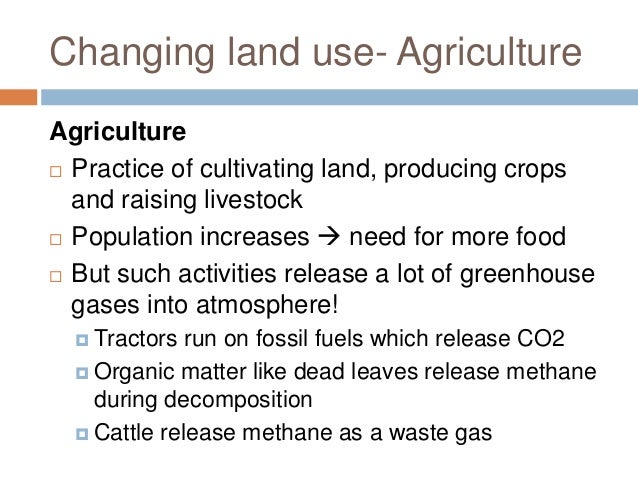



Vxddfx4wijl1wm




Env 3 1 History Evaluation Geography Greenhouse Effect
Greenhouse effect, a warming of Earth 's surface and troposphere (the lowest layer of the atmosphere) caused by the presence of water vapour, carbon dioxide, methane, and certain other gases in the air Of those gases, known as greenhouse gases, water vapour has the largest effect greenhouse effect on Earth The greenhouse effect on EarthThe greenhouse effect is a natural process that warms the Earth's surface When the Sun's energy reaches the Earth's atmosphere, some of it is reflected back to space and the rest is absorbed and reradiated by greenhouse gasesGreenhouse gases Greenhouse gases in the atmosphere absorb heat energy and prevent it escaping into space This keeps the Earth warmer than it would be without these gases Greenhouse gases are not




The Greenhouse Effect And Our Planet National Geographic Society




The Enhanced Greenhouse Effect Geographycasestudy Com
"Greenhouse effect is the process by which radiations from the sun are absorbed by the greenhouse gases and not reflected back into space This insulates the surface of the earth and prevents it from freezing" What is the Greenhouse Effect?GREENHOUSE GASES Gases that cause Earth to retain more thermal energy by absorbing infrared light emitted by Earth's surface The most important greenhouse gases are water vapor, carbon dioxide, methane, nitrous oxide, and various artificial chemicals such as chlorofluorocarbonsGreenhouse effect refers to a process where thermal radiation from the earth's surface is reabsorbed by greenhouse gases and then radiated in all directions The main greenhouse gases include



3




The Global Energy System
The greenhouse effect is the way in which heat is trapped close to the surface of the Earth by "greenhouse gases" These heattrapping gases can be thought of as a blanket wrapped around the Earth, which keeps it toastier than it would be without them Greenhouse gases include carbon dioxide, methane and nitrous oxidesGreenhouse gases include carbon dioxide (CO 2), methane (CH 4), nitrous oxide (N 2 O), ozone (O 3), and fluorinated gases Greenhouse gases allow the sun's light to shine onto Earth's surface, and then the gases, such as ozone, trap the heat that reflects back from the surface inside Earth's atmosphereCarbon dioxide (CO 2) is the primary greenhouse gas emitted through human activitiesIn 19, CO 2 accounted for about 80 percent of all US greenhouse gas emissions from human activities Carbon dioxide is naturally present in the atmosphere as part of the Earth's carbon cycle (the natural circulation of carbon among the atmosphere, oceans, soil, plants, and animals)




Greenhouse Effect Definition Diagram Causes Facts Britannica




409 Geography Causes Of Climate Change
Greenhouse gas Any of the atmospheric gases that contribute to the greenhouse effect Greenhouse gases include carbon dioxide, water vapor, methane, and nitrous oxide The American Heritage®Greenhouse effect definition The greenhouse effect is the problem caused by increased quantities of gases such as Meaning, pronunciation, translations and examplesThe greenhouse effect is the name given to the natural process that causes the Earth to be warmer than it would be in the absence of an atmosphere Greenhouse gases




Three Factors




Icse Solutions For Class 9 Geography Composition And Structure Of The Atmosphere A Plus Topper
Global warming definition is an increase in the earth's atmospheric and oceanic temperatures widely predicted to occur due to an increase in the greenhouse effect resulting especially from pollution How to use global warming in a sentenceGreenhouse gases are components of the atmosphere that contribute to the greenhouse effect Some greenhouse gases occur naturally in the atmosphere, while others result from human activities suchGreenhouse effect is a concern for students due to the fact that they should know about the pros and cons of certain activities that involve heat radiation beyond the atmospheric level Greenhouse gases have reportedly elevated the mortality rate over the past many years



Www Mdpi Com 71 1050 12 7 29 Pdf




Name Hour Daily Unit Questions Environmental
The "Greenhouse Effect" A greenhouse is a building made of glass that allows sunlight to enter but traps heat inside, so the building stays warm even when it's cold outside Because gases in the Earth's atmosphere also let in light but trap heat, many people call this phenomenon the "greenhouse effect" The greenhouse effect worksWarming of the surface and lower atmosphere of a planet (such as Earth or Venus) that is caused by conversion of solar radiation into heat in a process involving selective transmission of short wave solar radiation by the atmosphere, its absorption by the planet's surface, and reradiation as infrared which is absorbed and partly reradiated back to the surface byA greenhouse gas (GHG or GhG) is a gas that absorbs and emits radiant energy within the thermal infrared range, causing the greenhouse effect The primary greenhouse gases in Earth's atmosphere are water vapor (H 2 O), carbon dioxide (CO 2), methane (CH 4), nitrous oxide (N 2 O), and ozone (O 3)Without greenhouse gases, the average temperature of Earth's surface would




The Albedo Effect And The Reflectance Of Solar Heat Geography And You
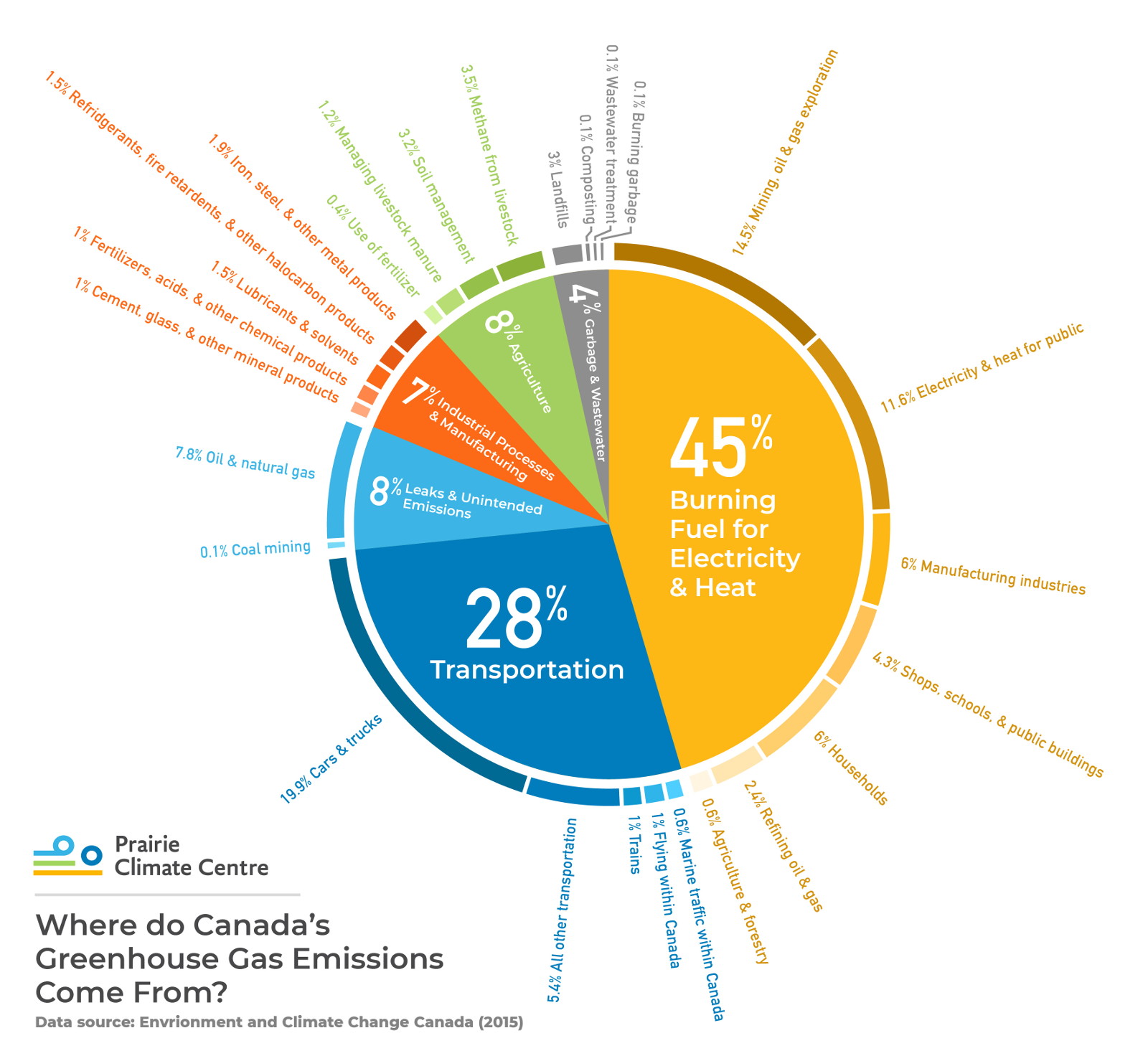



Greenhouse Gases Climate Atlas Of Canada
Greenhouse effect Noun phenomenon where gases allow sunlight to enter Earth's atmosphere but make it difficult for heat to escape greenhouse gas Noun gas in the atmosphere, such as carbon dioxide, methane, water vapor, and ozone, that absorbs solar heat reflected by the surface of the Earth, warming the atmosphere solar energyThe greenhouse effect is a warming of Earth's surface and the air above it It is caused by gases in the air that trap energy from the sun These heattrapping gases are called greenhouse gases The most common greenhouse gases are water vapor, carbon dioxide, and methane Without the greenhouse effect, Earth would be too cold for life to existNoun 1 greenhouse effect warming that results when solar radiation is trapped by the atmosphere;




Implications Of Possible Interpretations Of Greenhouse Gas Balance In The Paris Agreement Philosophical Transactions Of The Royal Society A Mathematical Physical And Engineering Sciences
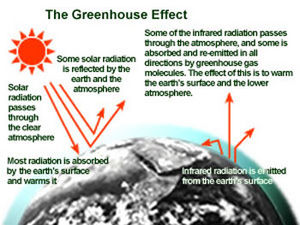



Greenhouse Gas Conservapedia




Greenhouse Gases Weather Website Climate Change




Co2 The Greenhouse Effect And Global Warming From The Pioneering Work Of Arrhenius And Callendar To Today S Earth System Models Sciencedirect




Greenhouse Effect Department Of Agriculture Water And The Environment




Climate Change Evidence And Causes Royal Society




Absolutism Definition Political System In Which Autocratic Rulers



What Does Greenhouse Gases Mean Definition Of Greenhouse Gases Greenhouse Gases Stands For Carbon Dioxide And Other Gaseous Emissions Resulting From Human Activity That Cause Heat To Be Trapped In
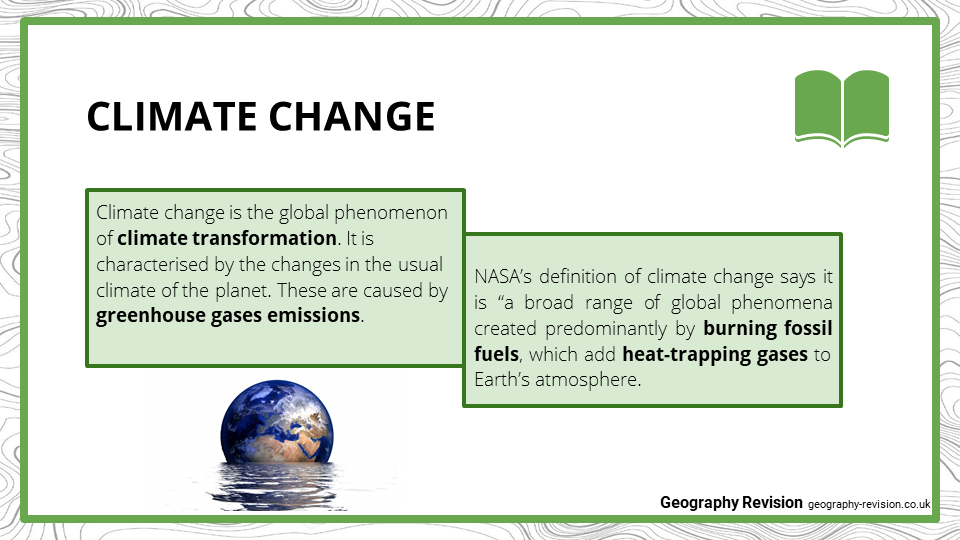



Climate Change Gcse Geography Resources Revision Notes



What Are The Five Greenhouse Gases Quora




Greenhouse Effect Global Warming Carbon Sequestration Pmf Ias




3 Responding To Global Climate Change The Geographer Online



1 B Elements Of Geography
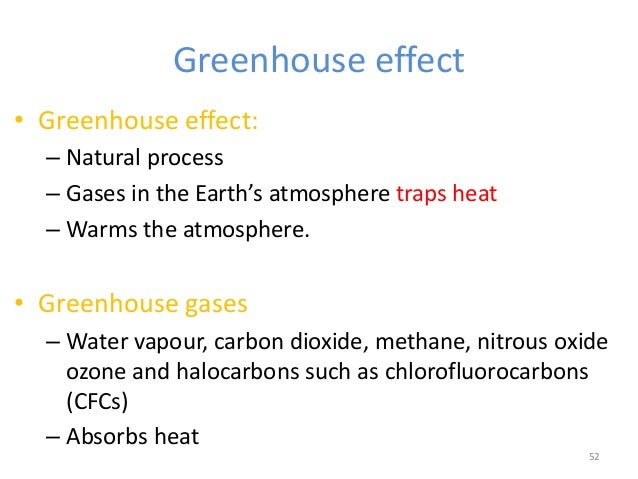



Gqgxdsfj5szn8m
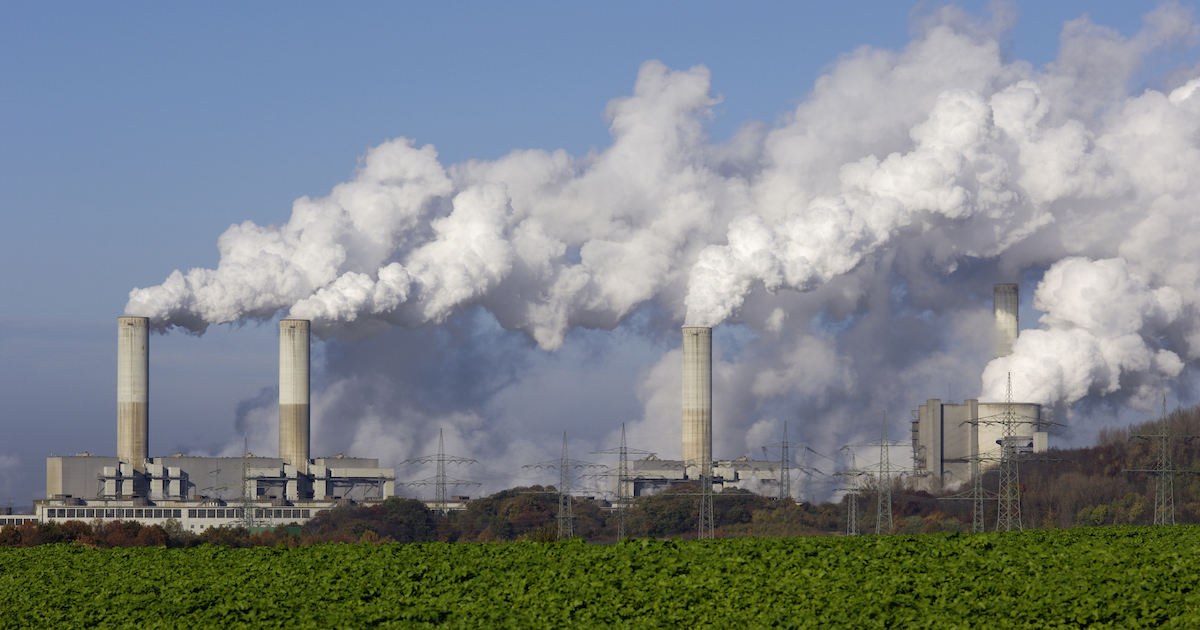



How Cap And Trade Works Environmental Defense Fund




Greenhouse Gases And The Enhanced Greenhouse Effect Video Lesson Transcript Study Com




Global Warming Definition Pdf



Geo Explainer Carbon Emissions Geographical Magazine




Why Is The Greenhouse Effect Called So In Geography Quora
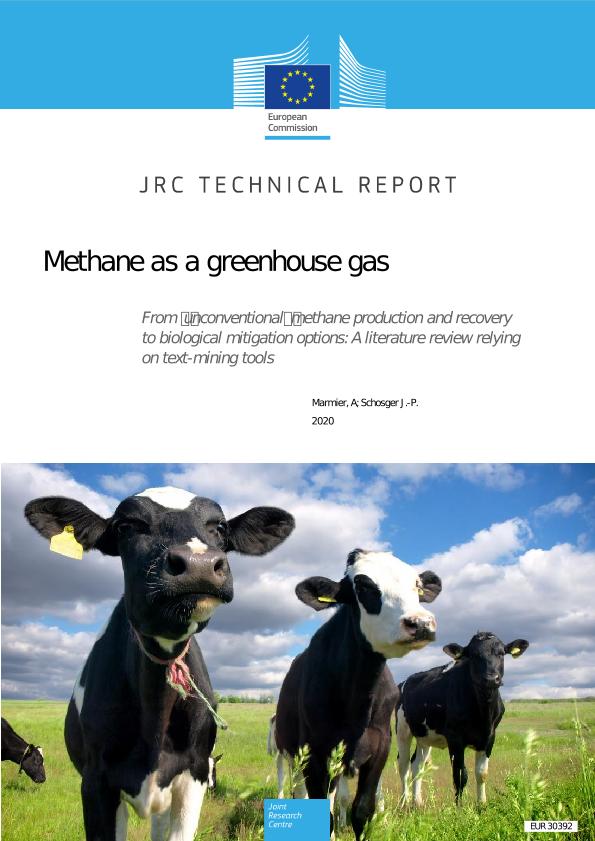



Jrc Publications Repository Methane As Greenhouse Gas



Global Warming And The Greenhouse Effect Gcse Geography Marked By Teachers Com




Pdf Global Warming Effect On Living Organisms Causes And Its Solutions




Essay On Greenhouse Effect For Students 500 Words Essay




Ib Geography Sl 2 2 The Causes Of Global Climate Change Diagram Quizlet




Human Causes Climate Change Gcse Geography B Edexcel Revision Study Rocket




What Is The Greenhouse Effect Definition Impact Video Lesson Transcript Study Com




What Is Greenhouse Effect Definition Causes And Effects




Implications Of Possible Interpretations Of Greenhouse Gas Balance In The Paris Agreement Philosophical Transactions Of The Royal Society A Mathematical Physical And Engineering Sciences
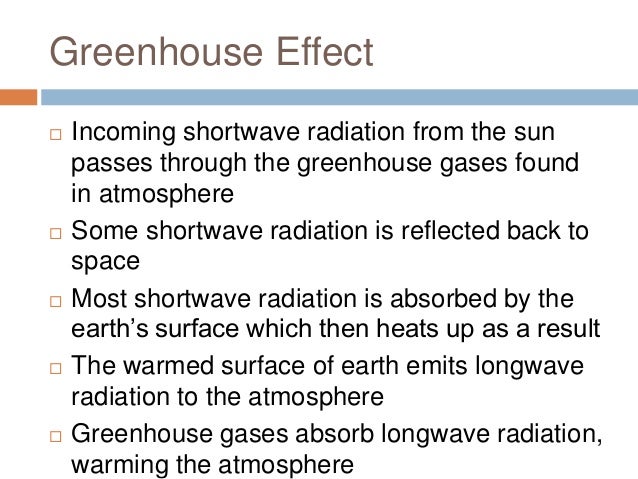



Vxddfx4wijl1wm



Global Climate Change Evidence
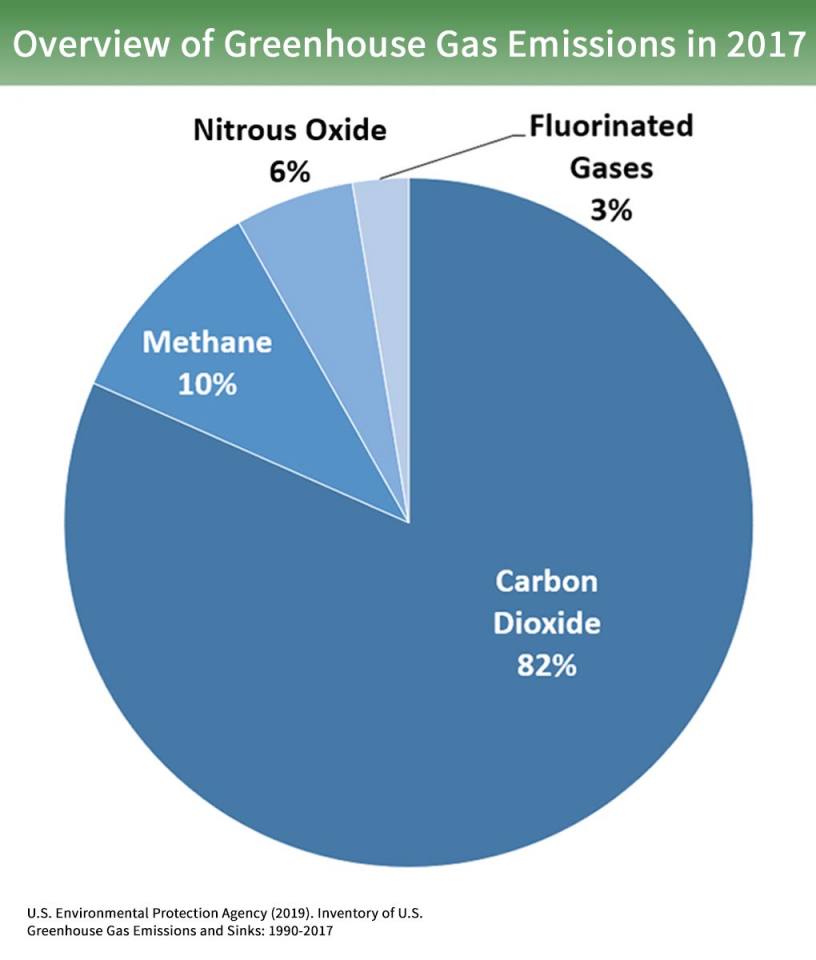



The Greenhouse Effect British Geological Survey




Greenhouse Gas Definition Emissions Greenhouse Effect Britannica




The Energy Balance Geography Myp Gcse Dp




Greenhouse Effect Global Warming Carbon Sequestration Pmf Ias



Q Tbn And9gctaj8wii876qu Vg Qiwf0vbxzn5m2dj2uyfahncczk01qi3 Z7 Usqp Cau



Geo Explainer Carbon Emissions Geographical Magazine
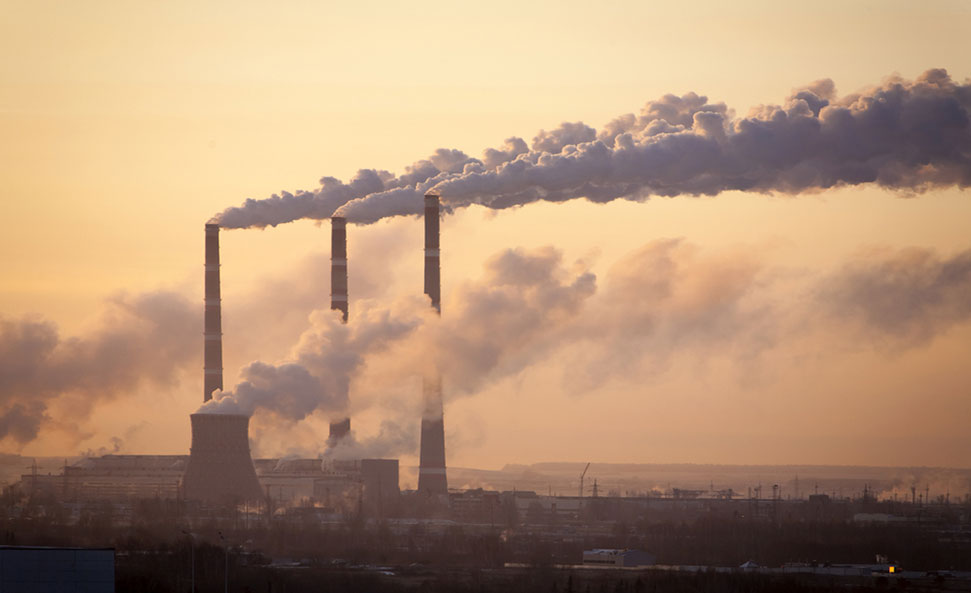



Greenhouse Effect What Is It Definition And Role In Global Warming



Sustainableworldports Org Wp Content Uploads Carbon Footprinting Guidance Document Pdf




Greenhouse Effect Definition Diagram Causes Facts Britannica




Extended Definition The Greenhouse Effect Cleanairdawson
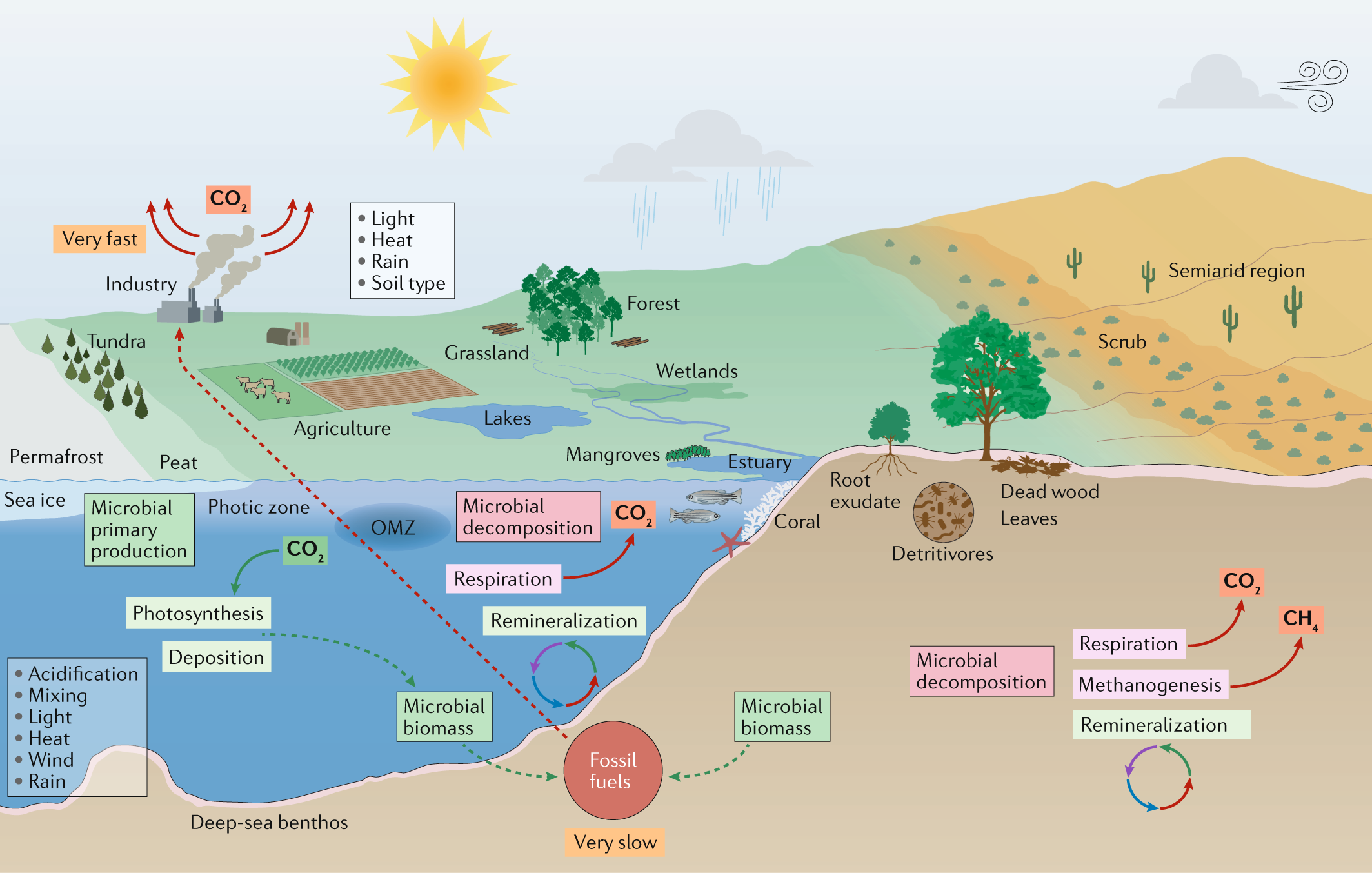



Scientists Warning To Humanity Microorganisms And Climate Change Nature Reviews Microbiology




Sustainable Transportation The Geography Of Transport Systems



Greenhouse Gas Wikipedia



3




2 In Your Own Words Define Geography And Explain The Chegg Com
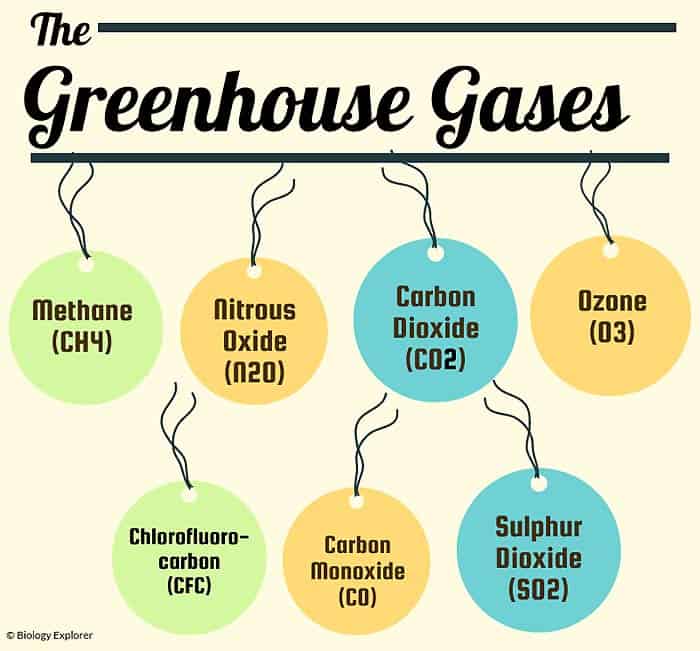



Types Of Greenhouse Gases Definition And Effects On Climate Change




Global Warming Definition Pdf



A Questions And Answers About Greenhouse Warming Policy Implications Of Greenhouse Warming Mitigation Adaptation And The Science Base The National Academies Press




The Albedo Effect The Influence Of Feedback Mechanisms In Climate Change Youtube




The Enhanced Greenhouse Effect Global Warming Ozcoasts




Greenhouse Effect Wikipedia
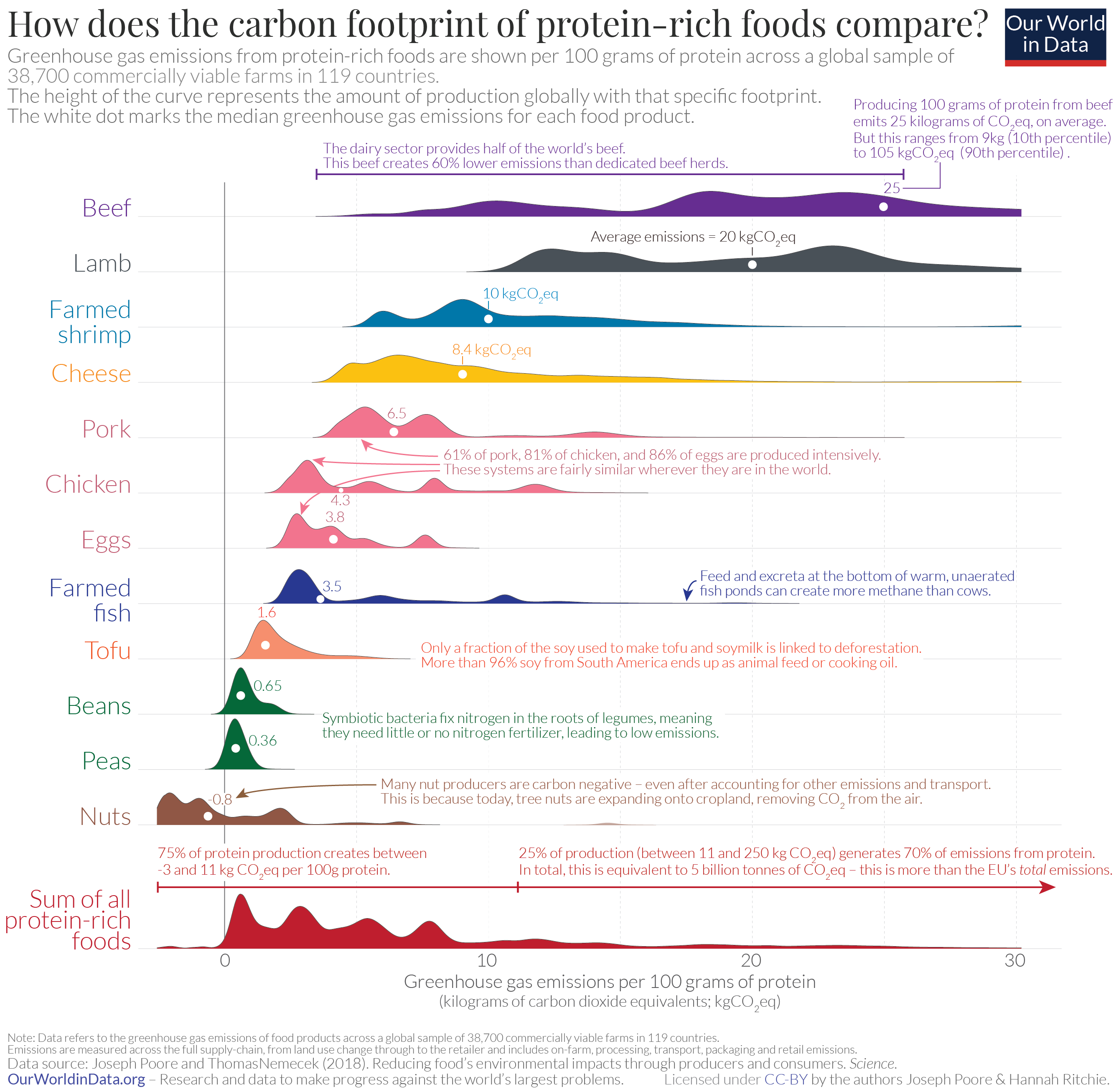



Less Meat Is Nearly Always Better Than Sustainable Meat To Reduce Your Carbon Footprint Our World In Data



Www Peelregion Ca Planning Teaching Planning Pdfs Grade9forweb Pdf




Greenhouse Gases U S Energy Information Administration Eia




Greenhouse Effect E 3 Pages Definitions 2 Description 3 Greenhouse Gases 4 Greenhouse Gases Effect On Atmosphere Ppt Download
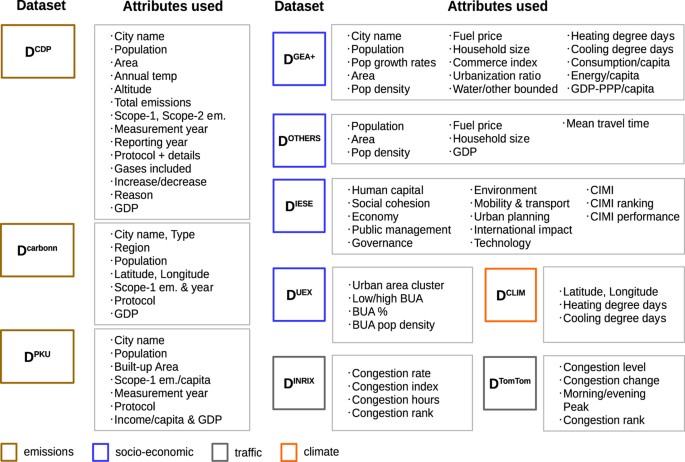



A Global Dataset Of Co 2 Emissions And Ancillary Data Related To Emissions For 343 Cities Scientific Data




1 Causes Of Global Climate Change The Geographer Online




Pdf Evaluation Of Geography Textbooks In Terms Of Misconceptions About Climate Topic Semantic Scholar
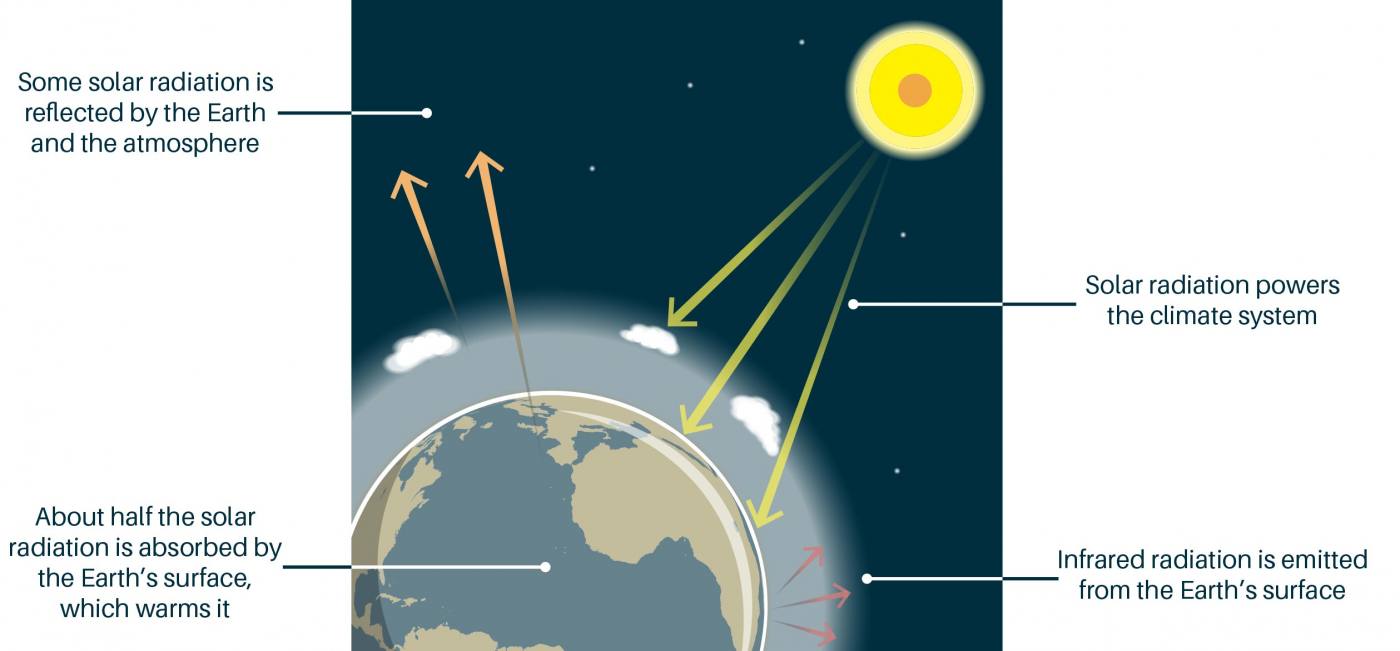



The Greenhouse Effect British Geological Survey
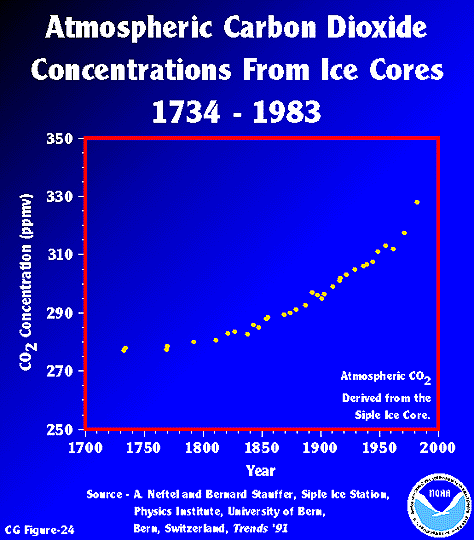



Esrl Global Monitoring Laboratory Education And Outreach



Geography4kids Com Atmosphere




A Simple Physical Analysis Of The Greenhouse Effect And Climate Change Young Scientists Journal




Climate Change Natural And Anthropogenic Causes Yo Nature Climate Change Natural Causes Of Climate Change Climates



1




The Enhanced Greenhouse Effect Geographycasestudy Com



Geog 7 Lec 1 Images




The Greenhouse Effect Videos Causes Mechanism With Case Studies
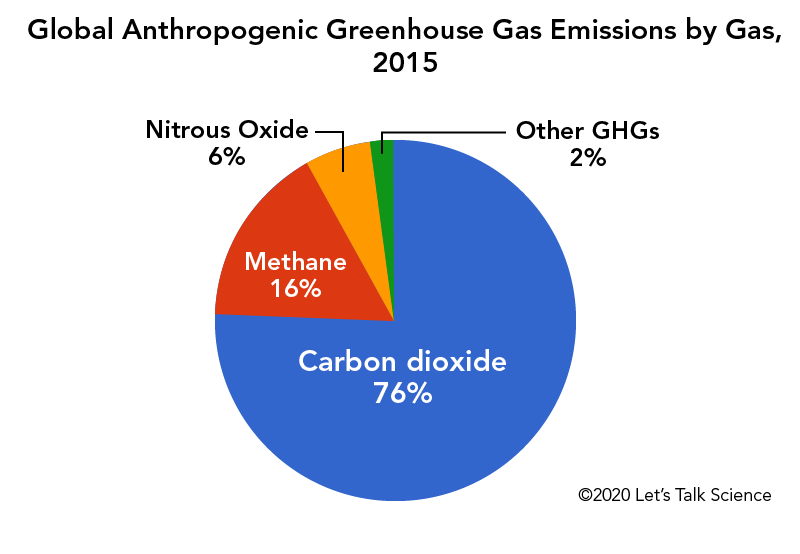



Cows Methane And Climate Change Let S Talk Science




Global Warming National Geographic Society




Global Warming 101 National Geographic Youtube




Co2 The Greenhouse Effect And Global Warming From The Pioneering Work Of Arrhenius And Callendar To Today S Earth System Models Sciencedirect




Global Warming




Geographical Distribution Of The Change In Surface Air Temperature A Download Scientific Diagram



2 2 1 Causes Of Global Climate Change




The Enhanced Greenhouse Effect Global Warming Ozcoasts




409 Geography Causes Of Climate Change
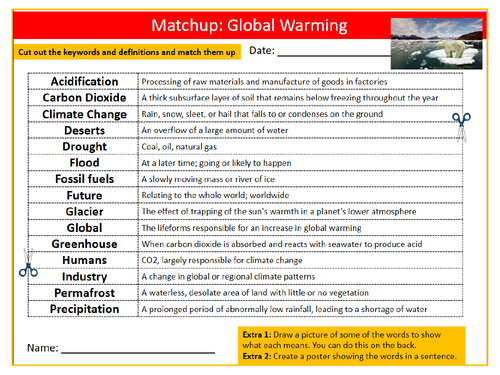



Global Warming Definition Match Up Sheet Keywords Settler Starter Cover Geography Climate Change Teaching Resources




Greenhouse Gas Wikipedia



0 件のコメント:
コメントを投稿